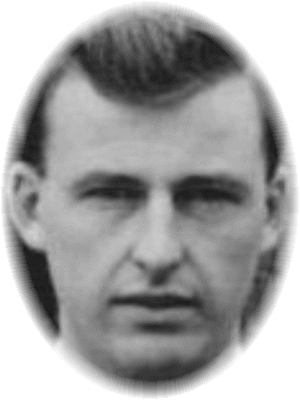MISSING PERSON LINK®

DENTAL CHART SEQUENCING - UNIDENTIFIED FOUND PERSONS AND MISSING PERSONS
|
Most Coroner's/Pathologists/Medical Examiners have in their files records of unidentified deceased persons found in their jurisdiction. The remains of these persons are found in varying stages of decomposition. In almost every case, some, or all teeth are present, and detailed dental charts are made. Where there is evidence of prior dental work, this will be recorded on the Dental Chart. In many cases X-Ray photographs are made of this dental work which can greatly assist positive identification should a possible missing person report match be found. When a person is reported missing to a Law Enforcement agency a detailed physical description is taken. It is standard procedure to check for and indicate the availability of dental charts in the report. In the case of a person who has been missing for an extended period of time, and dental charts exist, the MISSING PERSON LINK DENTAL CHART SEQUENCING System can be used to sequence the chart and search it against records of unidentified found deceased persons similarly sequenced and contained in the MISSING PERSON LINK database. Using simple tooth coding M (Missing), F (Filled or Restored) and V (Virgin Unrestored) for the 32 teeth, one could calculate that the odds of two dental charts matching would be 3 to the power of 32 (1,853,020,188,851,841) .
However in his paper The Diversity of Adult Dental Patterns in the United States and the Implications for Personal Identification Bradley J Adams Ph.D, D-ABFA points out that these types of statistics are improperly applied for use with MFV dental chart coding. He describes in detail how statistics should be calculated. The same author's paper Establishing Personal Identification Based On Specific Patterns Of Missing, Filled, And Unrestored Teeth comes to a similar conclusion. Coding of one of the 31 possible combinations of filled surfaces to each of the 32 teeth in this way would produces odds of TRILLIONS to 1 that duplicate SEQUENCES exist. This number easily supercedes the odds of Finger Print and DNA protocols which are in general use today. Once sequenced, the record can be logically searched against any number of similarly sequenced records in the ADIS (Automated Dental Identification System) in seconds. The search system takes into account that there may be a long period of time between the deceased person going missing and their eventually being found, and the condition of teeth may have deteriorated or changed. (A search for an exact match would fail if there had been any changes.) The search logic is therefor able to reject a possible match where (for instance) a tooth is recorded as present in the deceased person and is recorded as missing in the missing person report (rational change).
PARTIAL SKELETAL REMAINS This system also works for partial remains. If (for instance) just a partial lower jaw is found, the missing teeth are entered as ABSENT. The search engine then just will return a result for the partial record. As an example, if a partial lower jaw has 8 teeth (or missing teeth) those teeth are compared to those teeth (or missing teeth) in the missing person record. By 2015, the US Congress has required JPAC (The Joint POW/MIA Accounting Command is a joint task force within the United States Department of Defense whose mission is to account for Americans who are listed as Prisoners Of War, or Missing In Action, from all past wars and conflicts) to raise the annual number of identifications made to 200 from the current average of about 60. Rather than look for ways to change, the leadership admit that the 200 target is unattainable. JPAC has been criticised for using outdated and inefficient methodology. When examing their forensic odentology approach, they refer to using handwritten dental charts from the antemortem records of missing service men and women when conducting examinations. It would be a relatively easy task to index the existing handwritten antemortem records of missing service personnel using MISSING PERSON LINK minimized coding procedures, (FILLED,MISSING,ABSENT,DAMAGED,CAPPED) into a searchable data-base. JPAC odontologists would then only have to enter minimized codes from a subject (FILLED,MISSING,ABSENT,DAMAGED,CAPPED), to receive an exact match or possible matches. Click here to see demonstration and odds of this system
MISSING PERSON LINK is owned and operated by 911ABC, Toronto, Canada. |